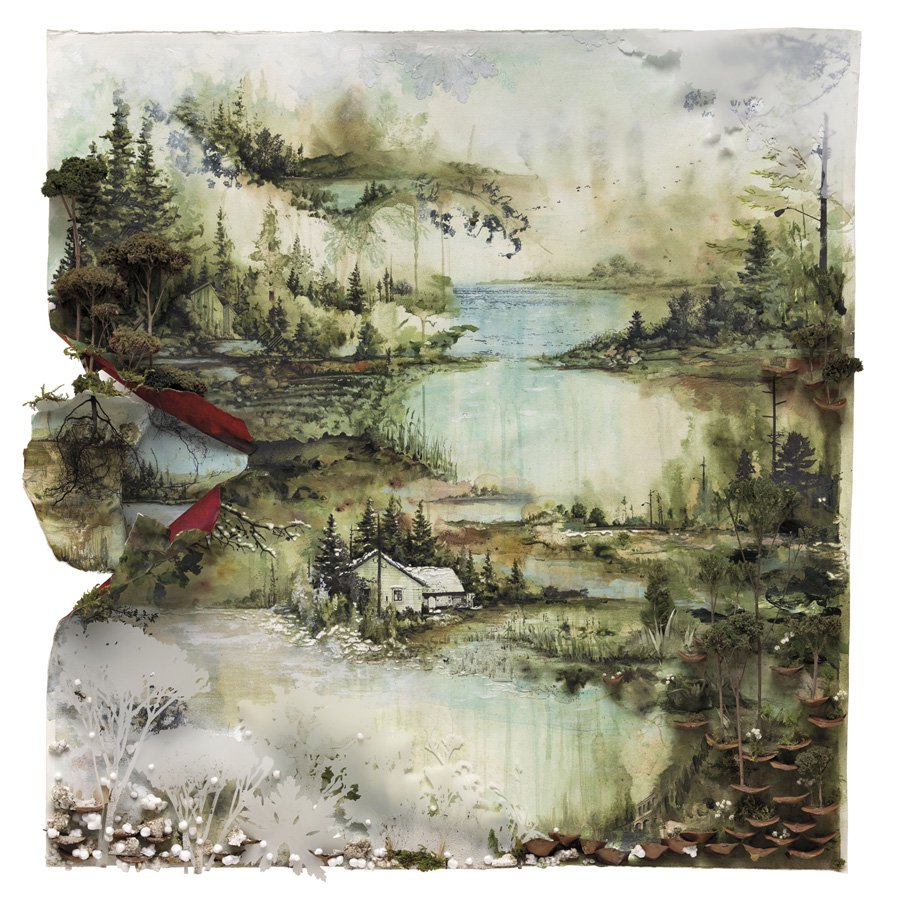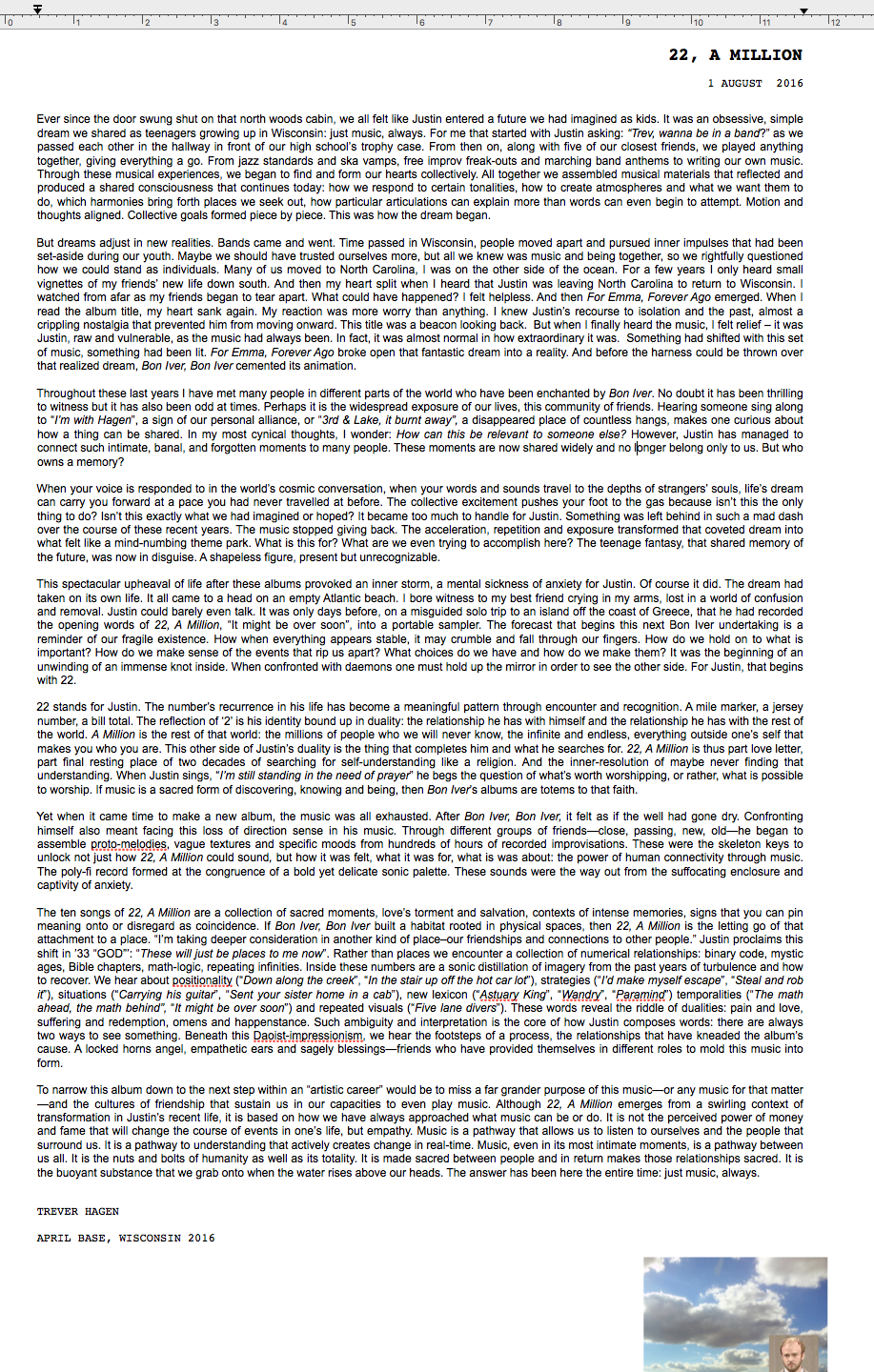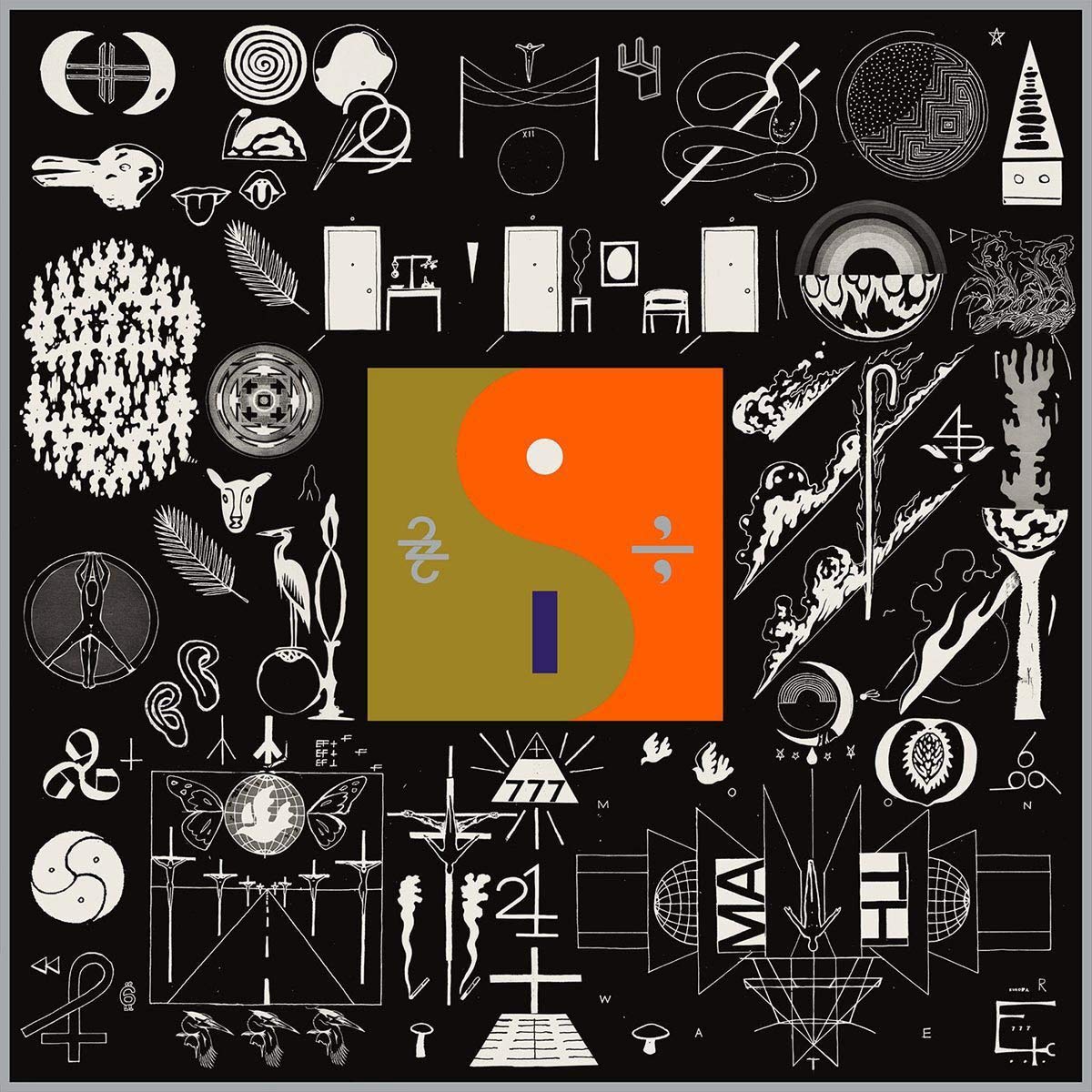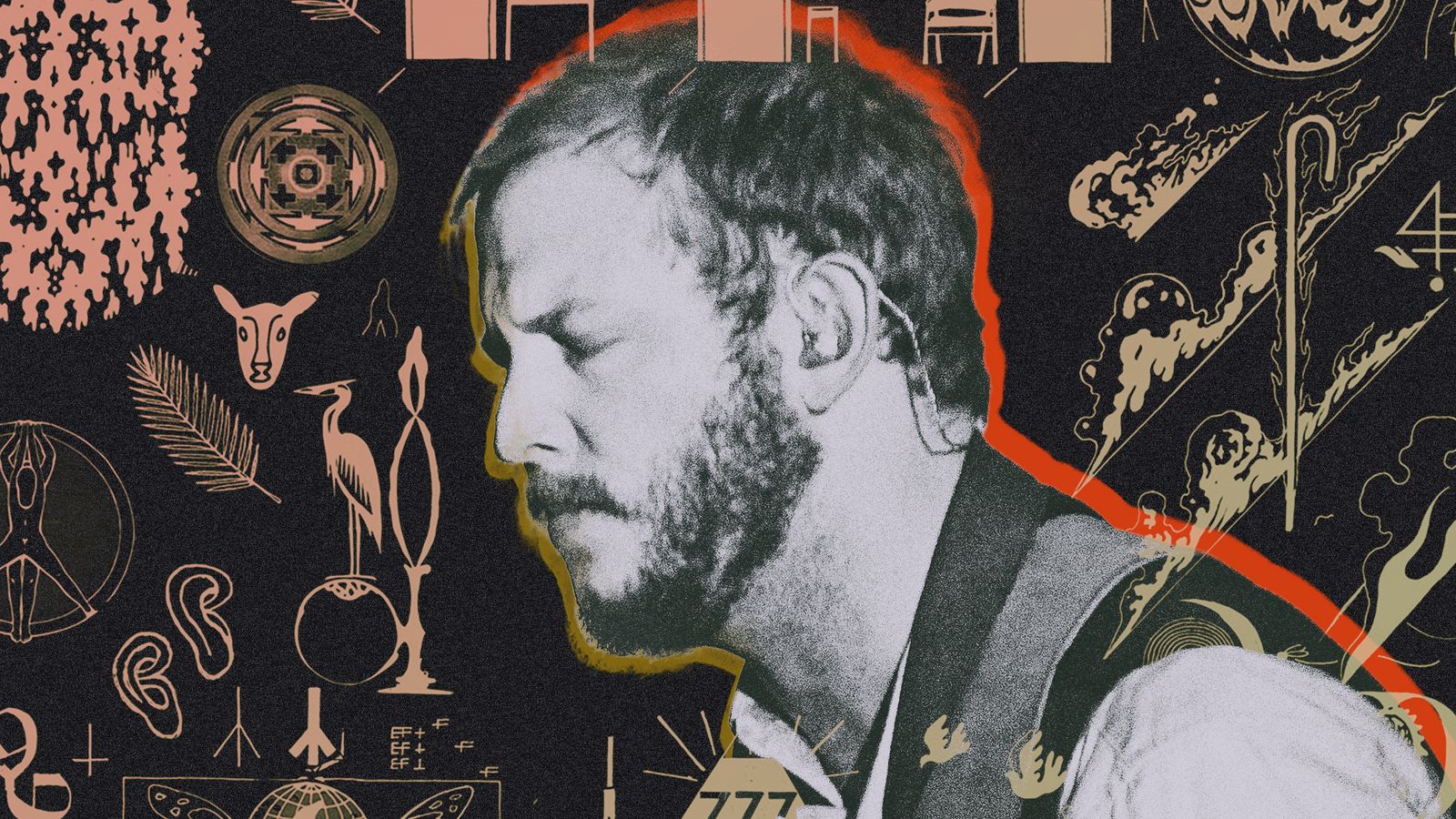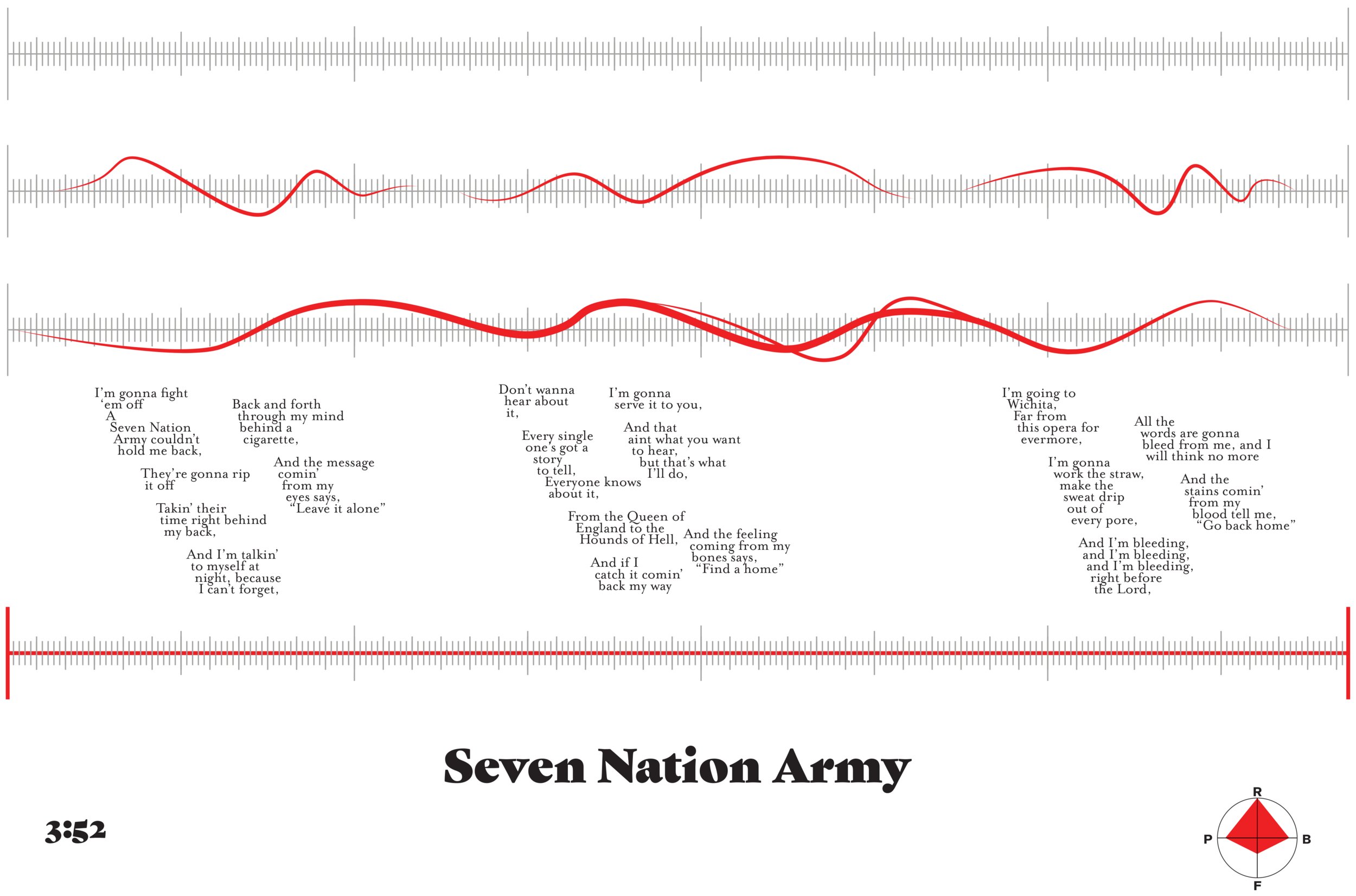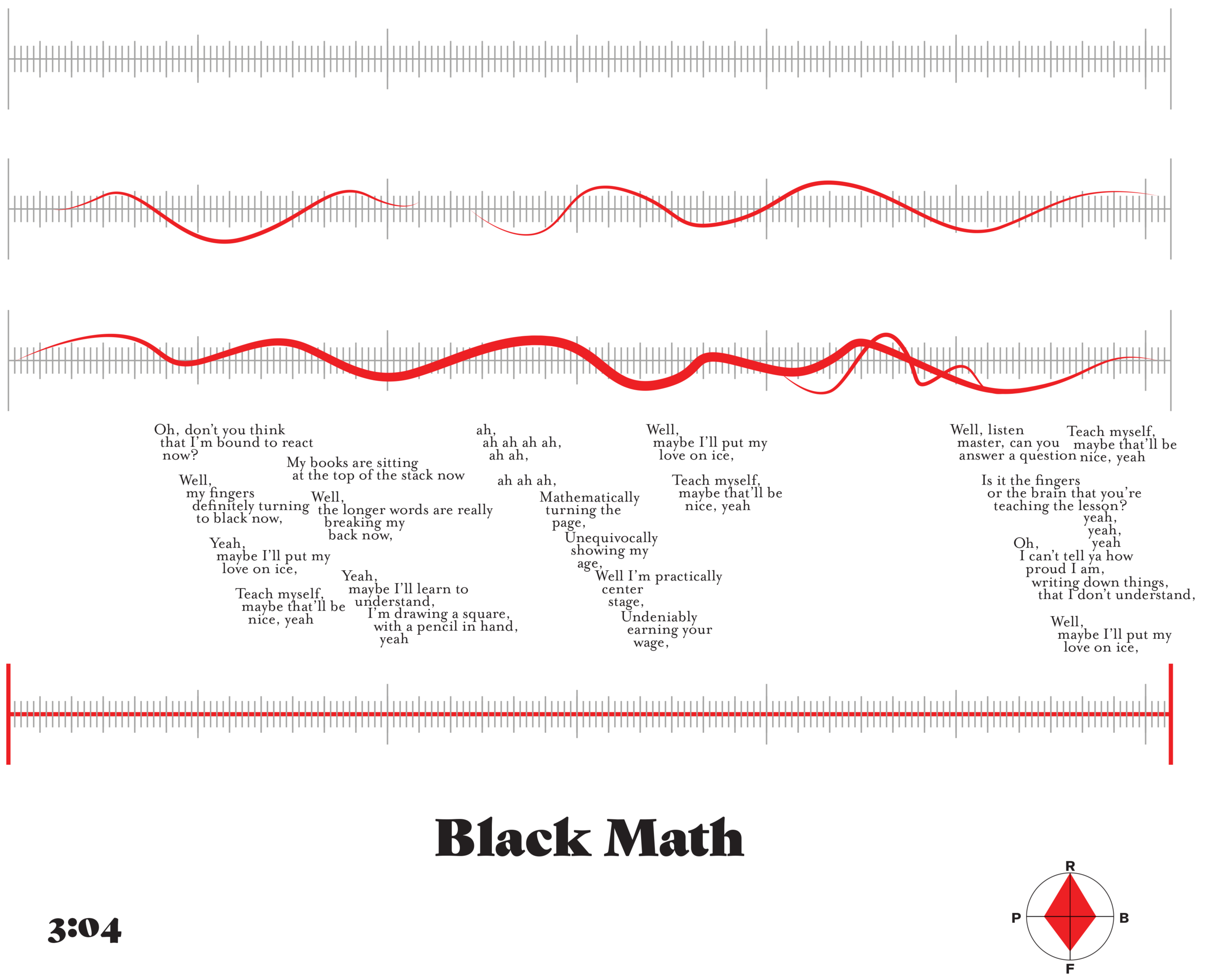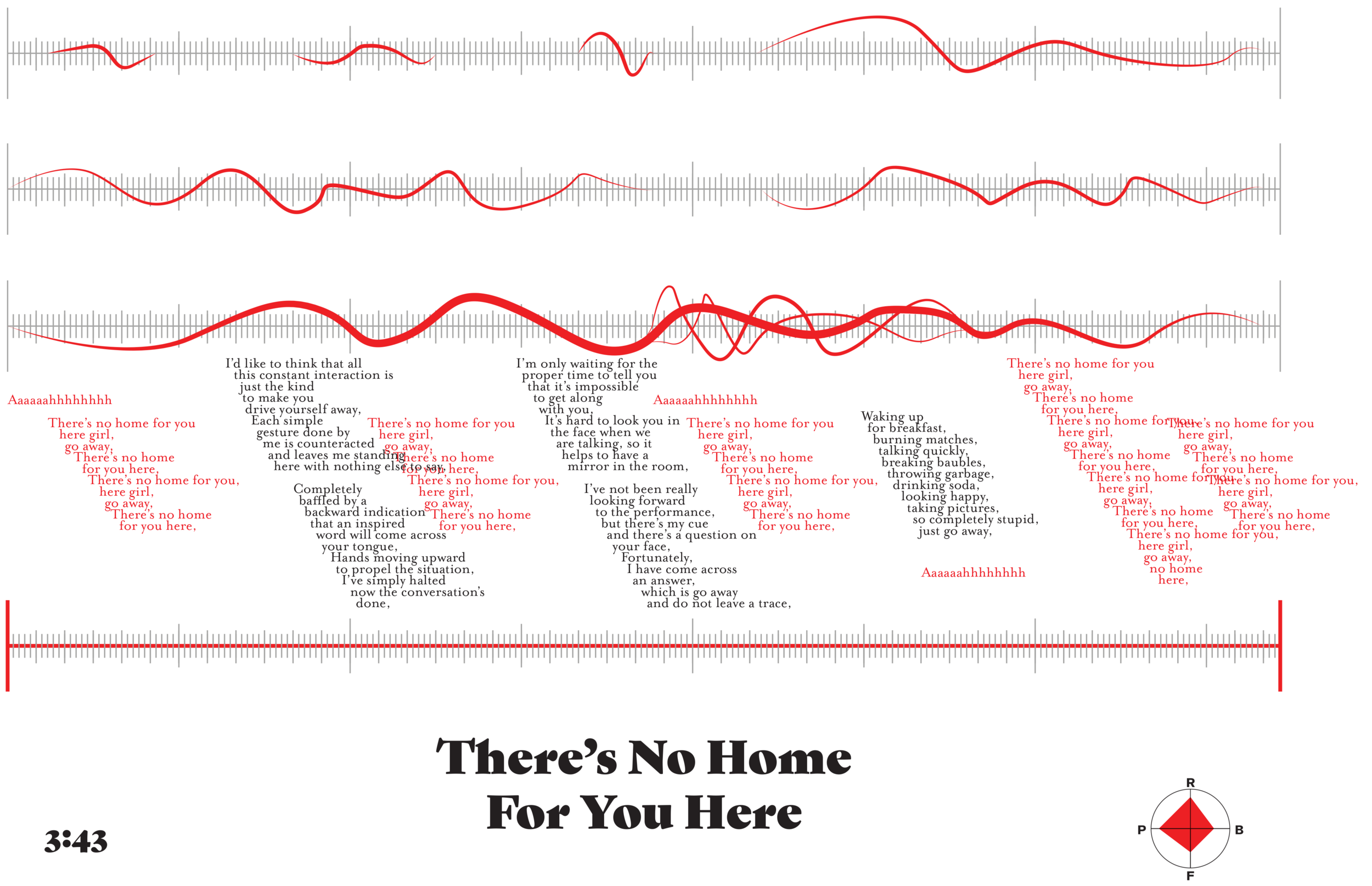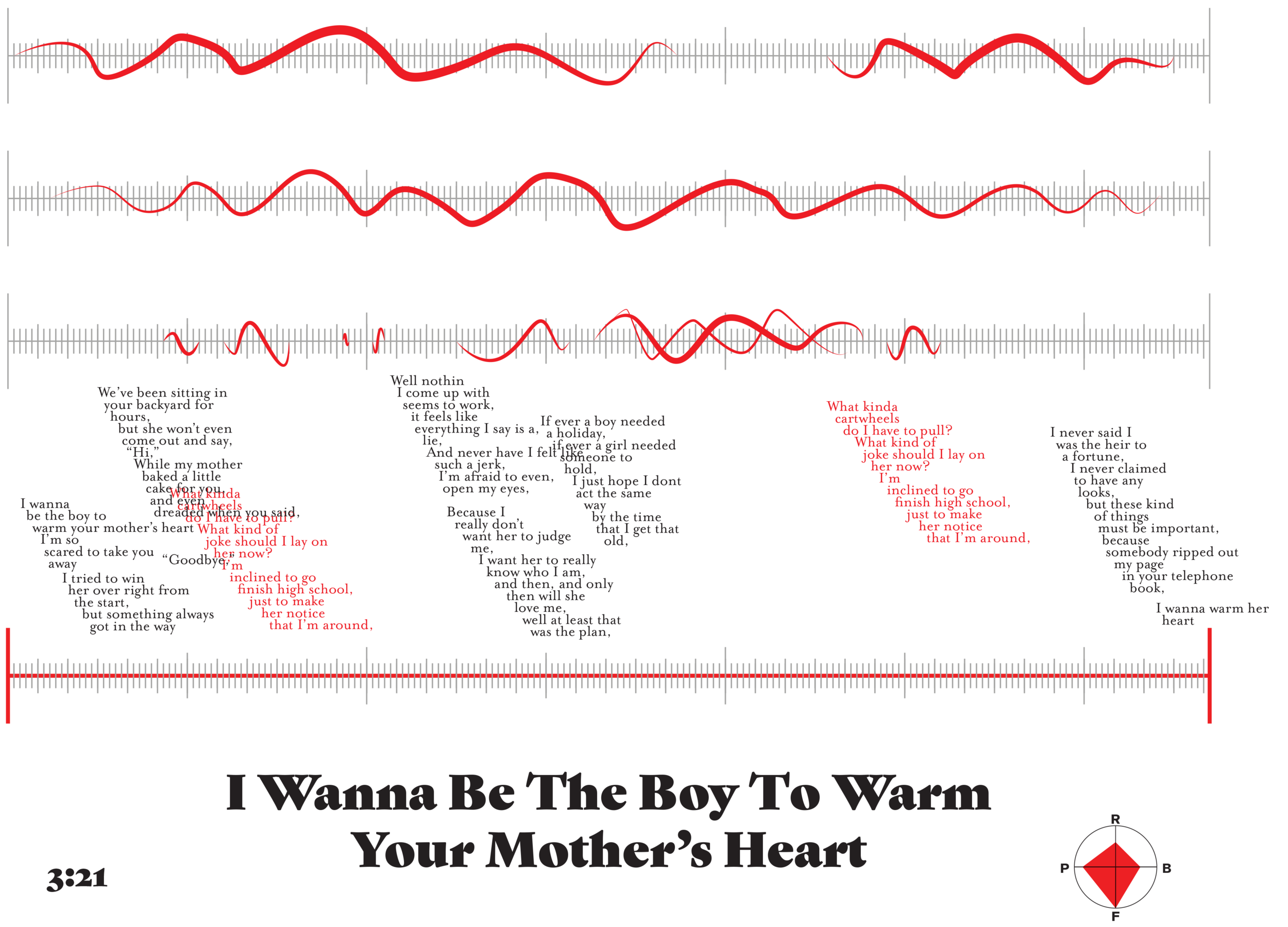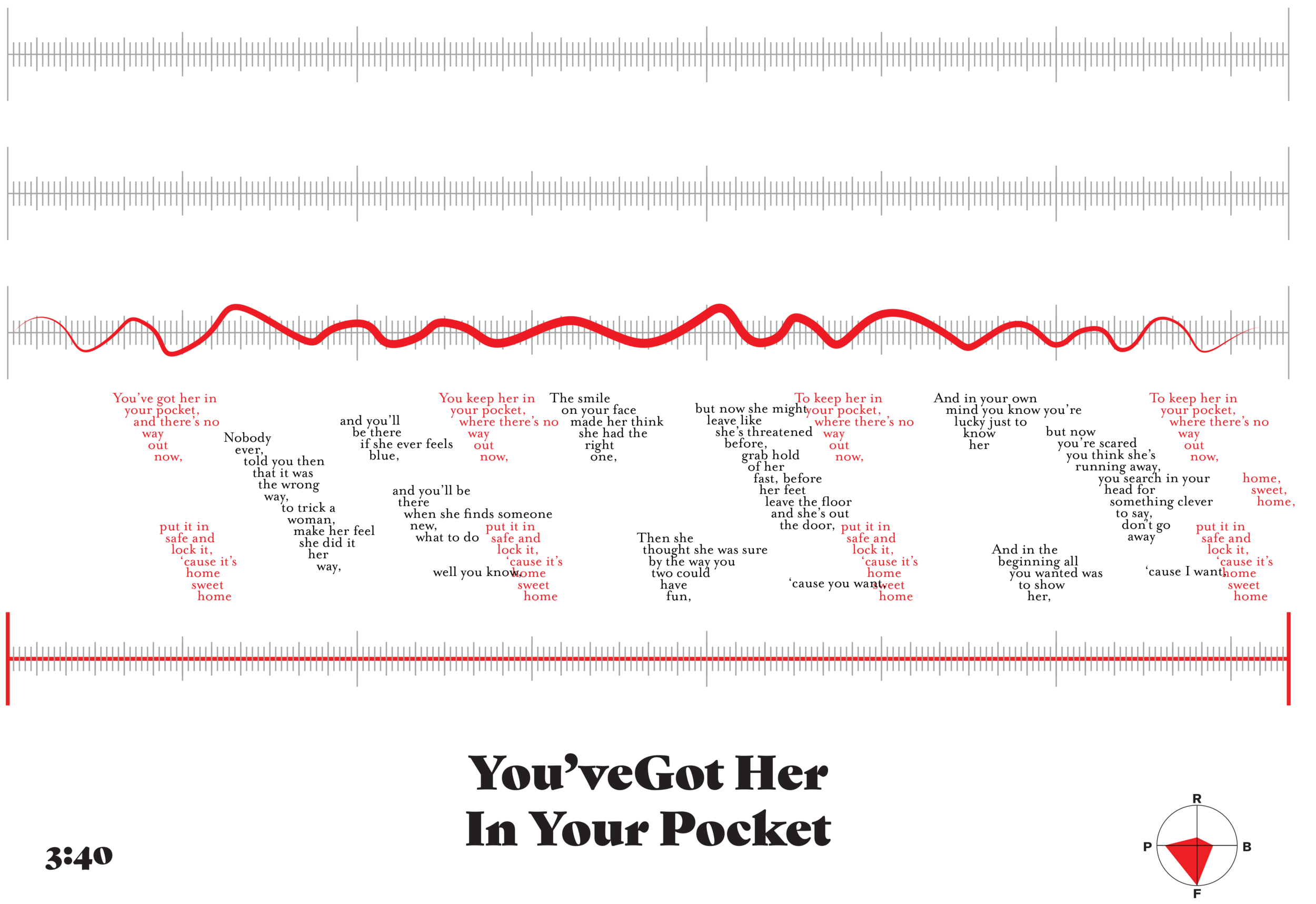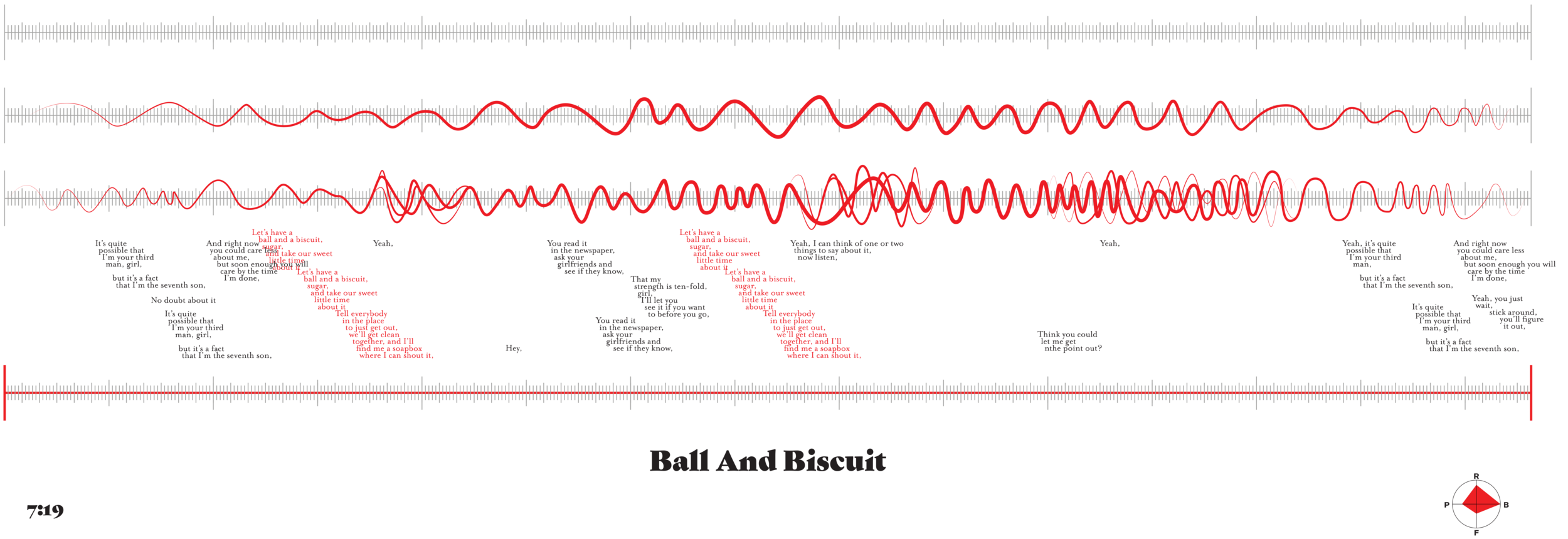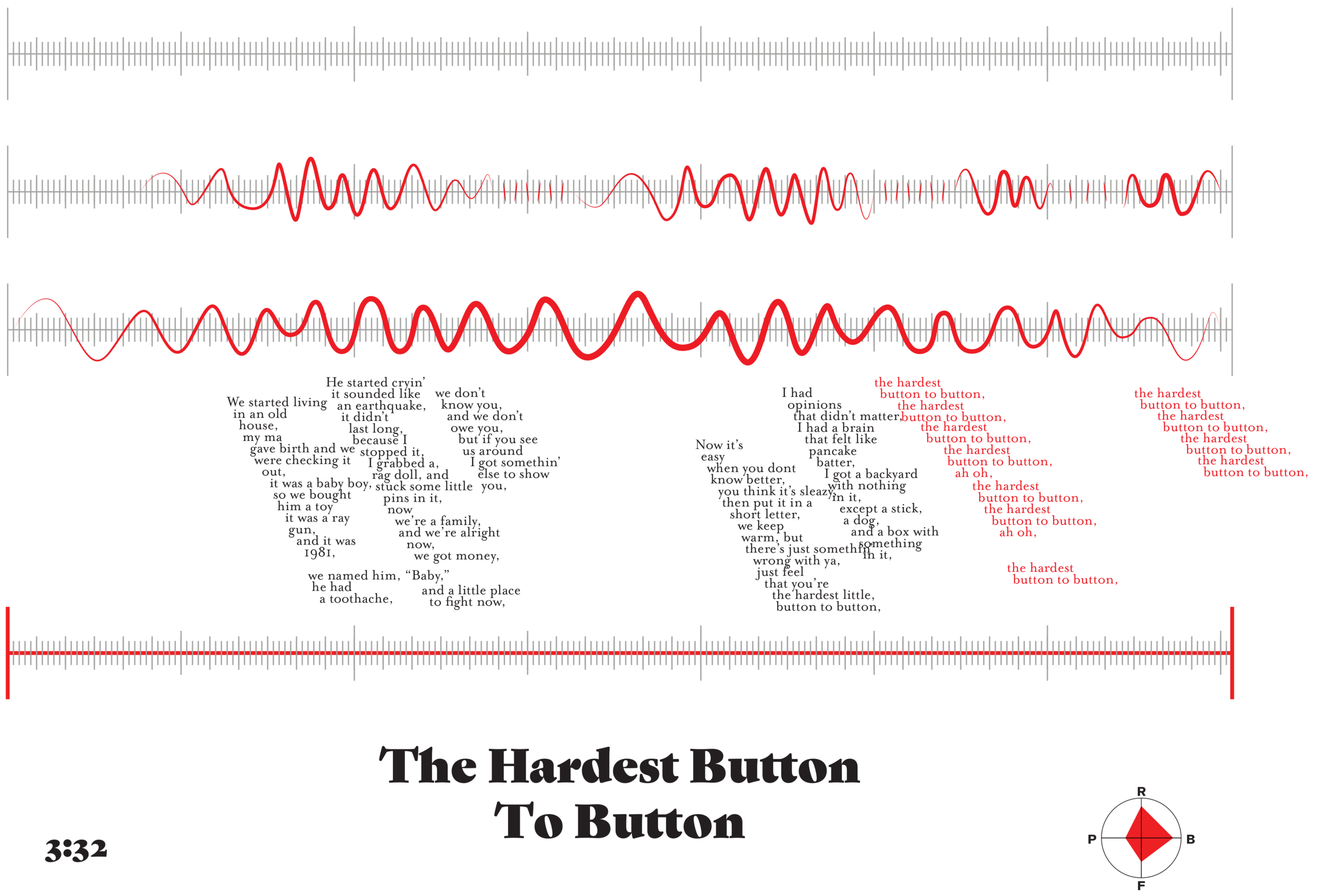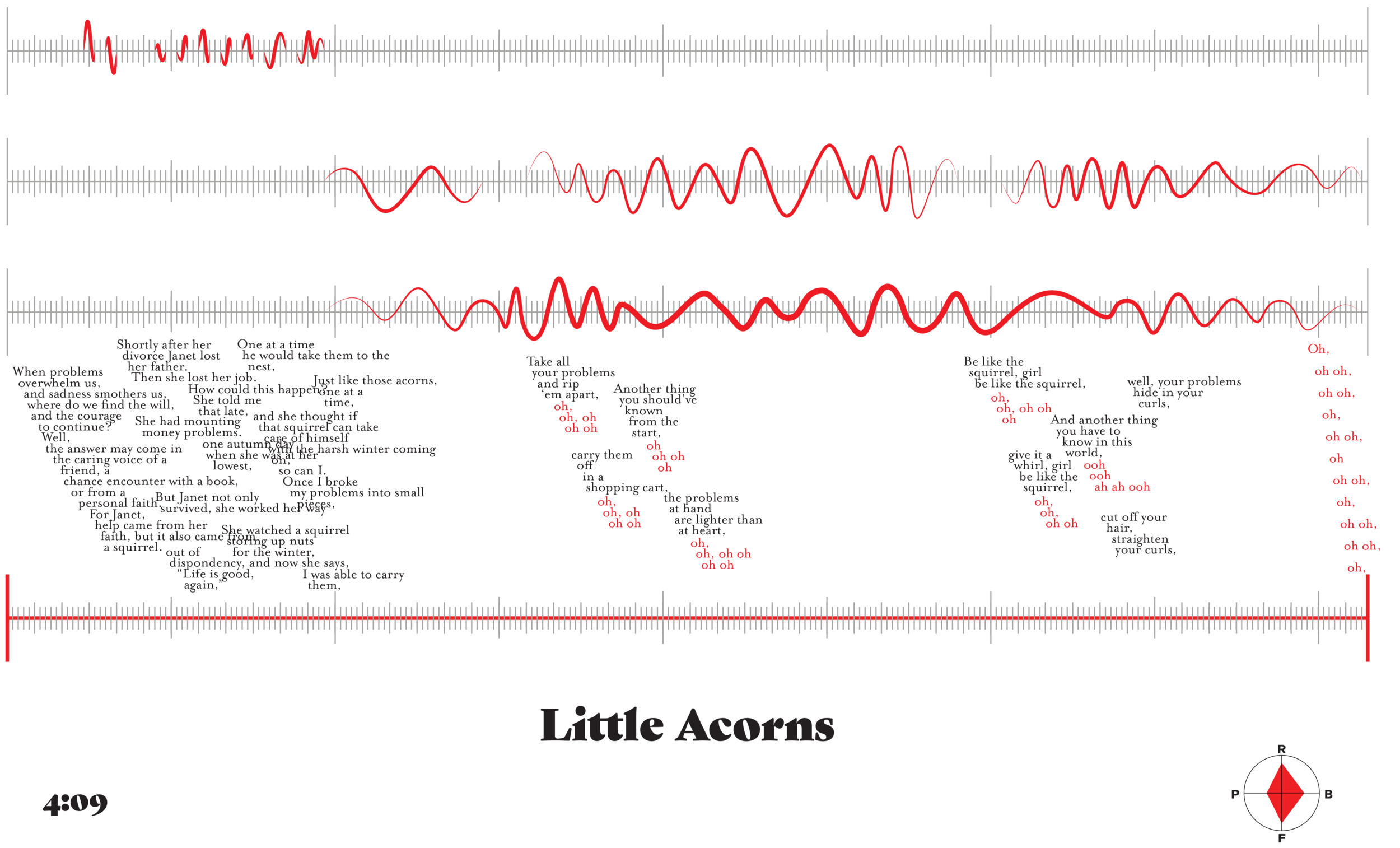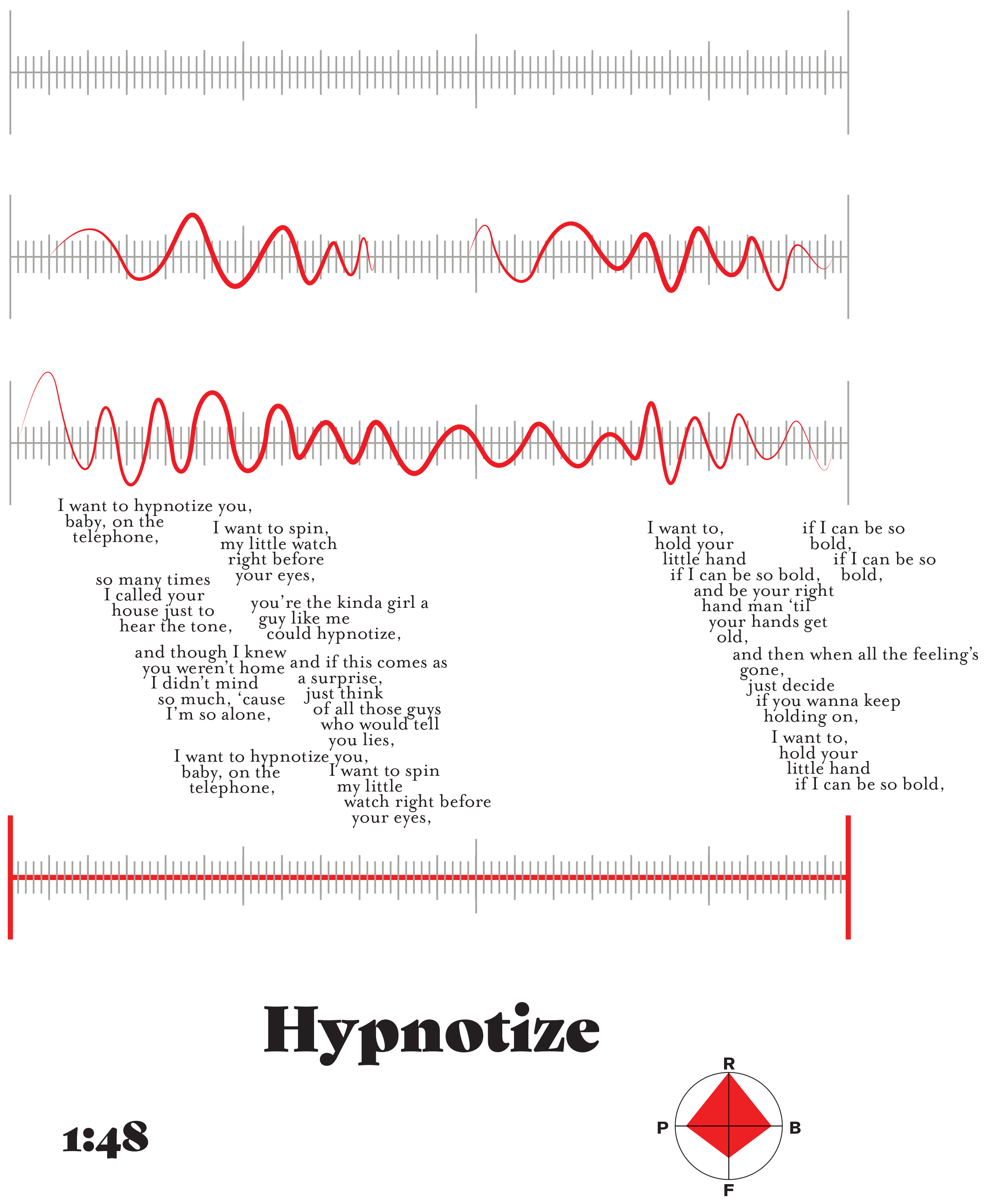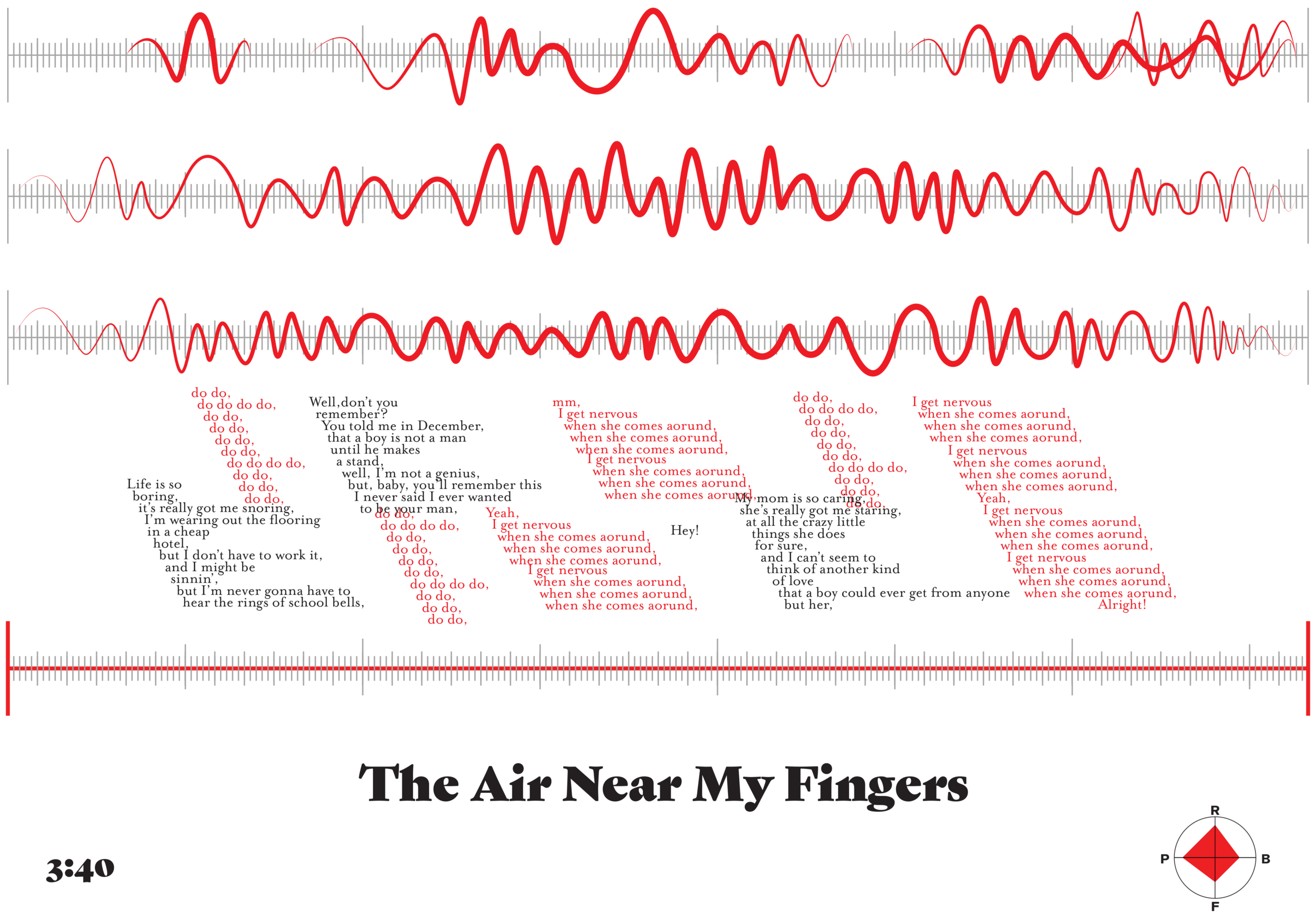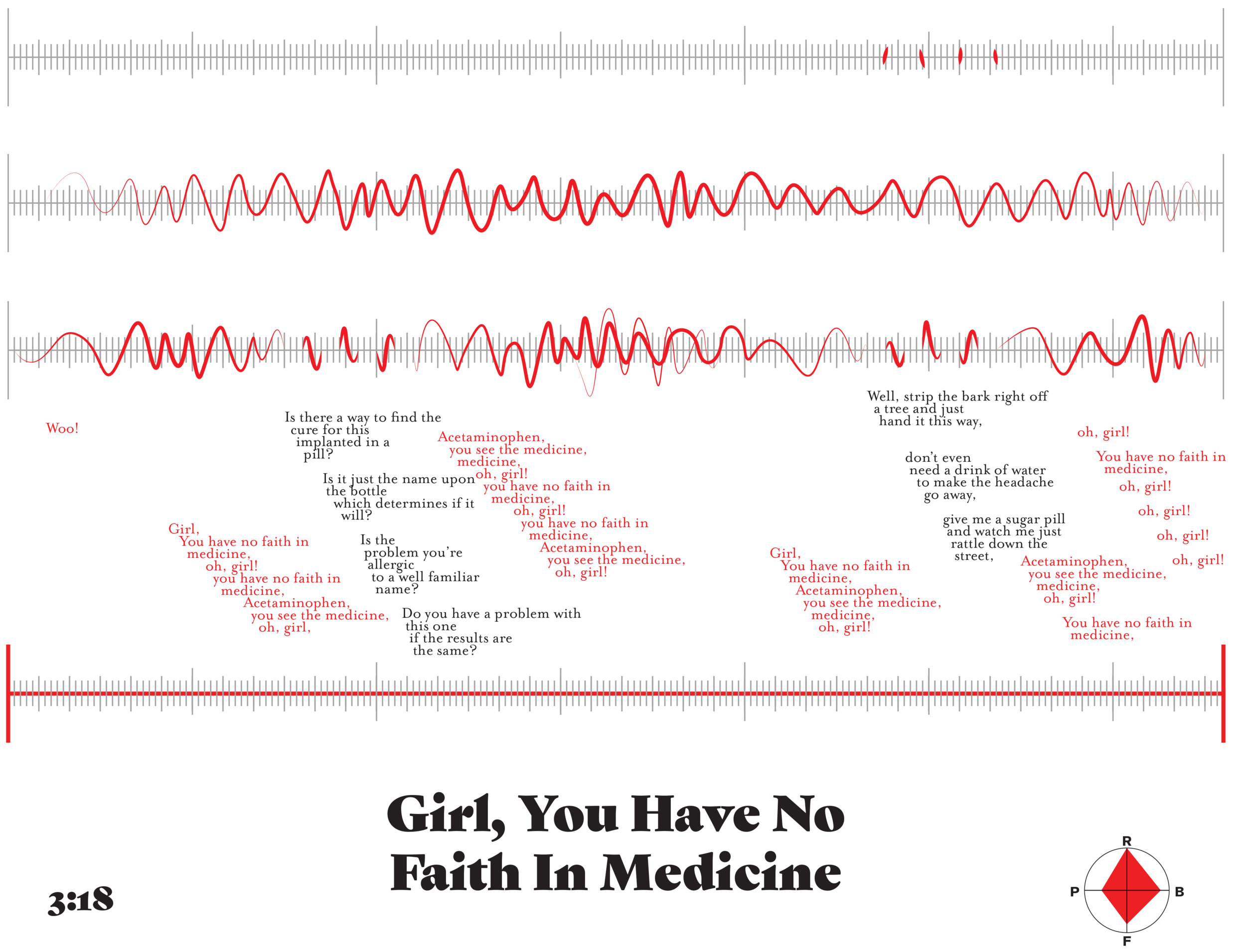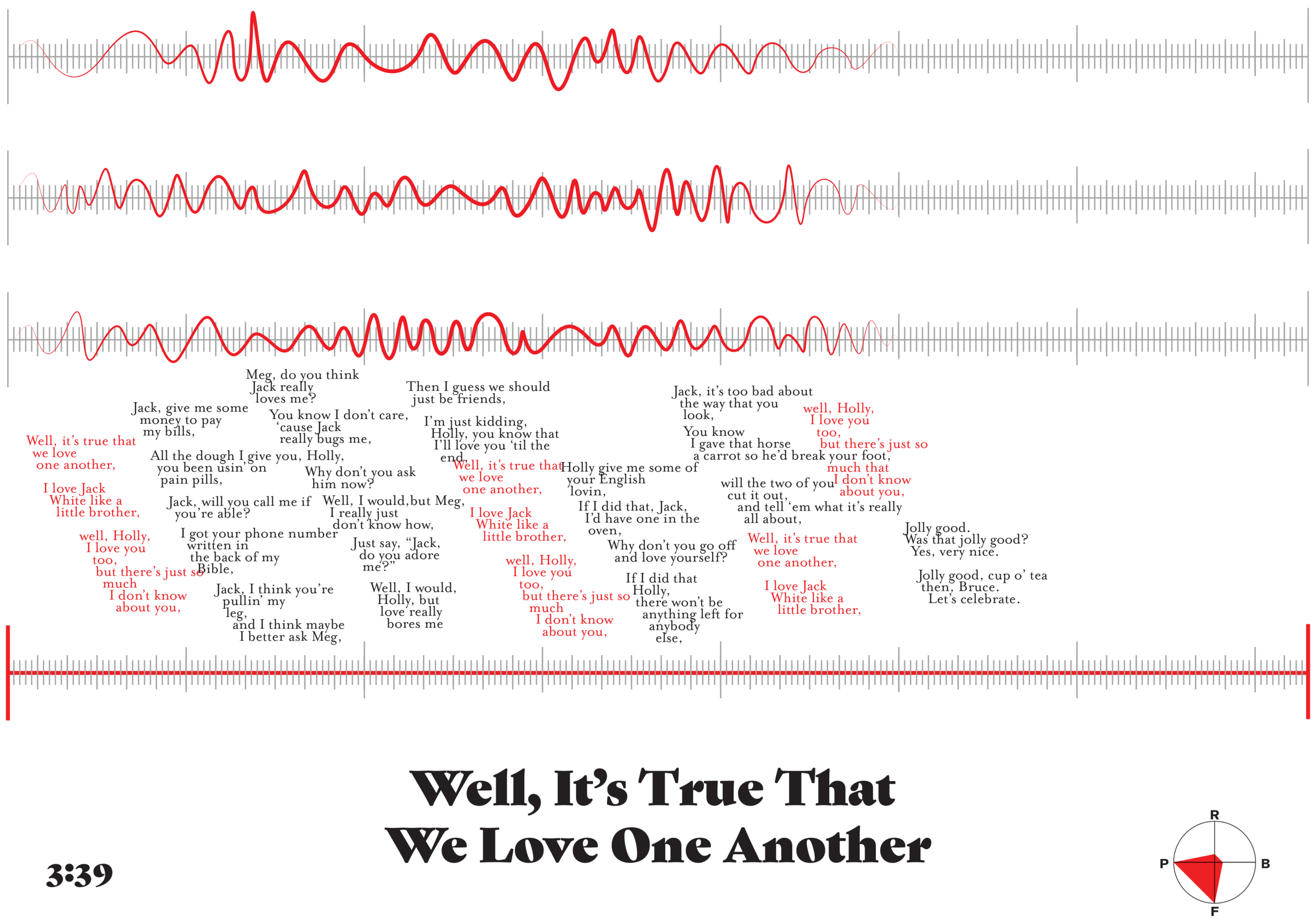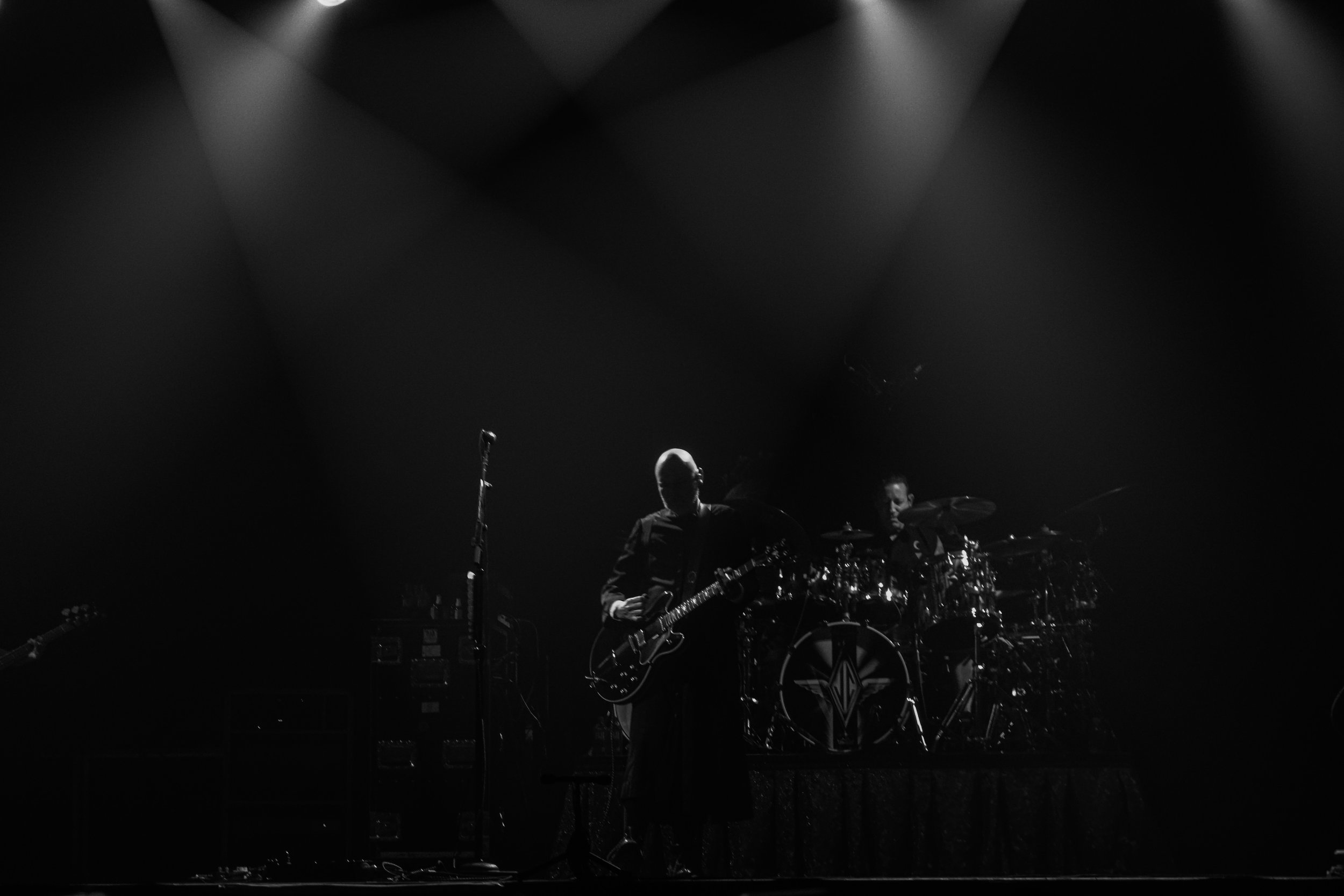Streaming Culture, Platinum Hits, and The Art of the Tracklist
/Full disclaimer: this article was initially written in early 2018. While it sat as a draft for nearly one year, I recently revisited it and felt like the sentiment is still relevant and worth sharing. Please excuse how firmly-rooted in 2018 this is.
Let me get one thing out of the way at the top: defending Migos is not the hill I want to die on. Don’t get me wrong, the Atlanta rap trio has brought me incalculable joy throughout the years (along with love for the adlib), but I’m not sure I can defend the artistic integrity of anyone that talks about Pateks this much.
When Migos dropped their long-awaited sequel to Culture in early 2018 the release was met with… mixed reception. Typically churning out anywhere from two to six mixtapes per year, Culture II felt like an anomaly for the Atlanta natives in that fans had to wait a full year between releases for new music. While various features and a collab album between Offset, 21 Savage, and Metro Boomin helped to tide listeners over, the one-year wait for Culture II had fans anticipating the group’s next moves like never before.
After the landmark “Bad and Boujee,” Migos had finally achieved the mainstream success that longtime fans always knew they were capable of. As most people saw it, the problem with Culture II wasn’t that the songs didn’t stack up, or that the group waited too long to release it, but rather that it was too damn long.
Comprised of 24 tracks that collectively clock in at one hour and 45 minutes, many fans found the release a slog to get through, especially in contrast to the original album’s much more traditional 13 track running time.
In addition to fan outcry, select publications also called out the group, accusing them of gaming the streaming system for sales, and even going as far as to call the release a data dump. While these are valid criticisms, Culture II is merely the symptom of a long-emerging trend. Ever since Drake discovered that ten songs equal an album sale, it’s been a race to the bottom. This album-loading strategy worked for Drake on Views, but he failed to recreate this success on More Life which (despite being longer) was quickly eclipsed by Kendrick Lamar’s DAMN.
Since then every artist from Lil Yachty to Post Malone has seemed happy to embrace this album-packing approach by dropping 20-plus-songs at once. As a result, they boost their streaming numbers while simultaneously overwhelming radio stations, playlists, and digital airwaves with a glut of new music… and you know what? That’s not necessarily a bad thing.
While there are obviously some outliers like Chris Brown (who blatantly asked fans to fudge his streaming numbers), these rappers are entirely within their right to unleash a deluge of music if they want to. Any artist should be free to release whatever they want, but one thing you’ll notice about this streaming scandal is that it’s primarily hip-hop acts who are carrying it out.
Fans were mad that Culture II wasn’t as concise as its predecessor, yet from my point of view, the songs are of the exact same quality. There was no significant change in sound, lyrical content, or musical approach. The only thing that really changed was the number of songs the group delivered at once.
On top of the sheer size of Culture II, most people preferred its predecessor because they’d been able to enjoy it for a year. They knew the choruses and had a year’s worth of nostalgia built into those 13 tracks. Removing myself of all those feelings, Culture II is a nearly-identical album that simply gave us twice as many songs.
Setting aside the fact that they used to release multiple mixtapes a year (each of which would range anywhere from five to twenty-seven songs) Culture II was dinged primarily because it was viewed as oversaturation, especially when compared to the first.
Now there’s something to be said for a concise album, but that’s not what I’m arguing. Migos should be able to release any number of songs they want because they can.
Do you know why albums are usually under an hour? Because they used to be printed. On physical media. With restrictions. The whole concept of an “album side” was practically dead until vinyl’s resurgence in the mid-2010s, why should we expect any modern group to be beholden to this archaic structure? Why should that be a factor or an expectation for anyone releasing music in the streaming age? Sure, that was the standard for a long time, but there’s no reason for that in 2018. If Migos want to release 100 songs on Spotify tomorrow they can, and there’s something awesome about that.
Conversely, we saw half a dozen albums from the G.O.O.D. Music camp throughout the summer, each of which weighs in at seven tracks and under half an hour. There’s no real precedent for that, but I think it’s incredible that if an artist wants to release art in this EP/album hybrid then they’re free to. Migos shouldn’t be condemned for releasing a 2-hour album, because they could be pioneers.
This running time could be the new hip-hop standard for all we know, and the only thing that’s made that possible is the ubiquity of products like Spotify and Apple Music. I’m not even arguing the quality of Culture II (because it’s mostly by-the-numbers), but it’s nowhere near as bad as some fans and critics seem to think it is.
There are certainly more artistic ways to “frame” a long-form release like Rae Sremmurd’s triple album or Drake’s half hip-hop/half RnB release, but at the end of the day, those are only small distinctions.
When I read criticism of Culture II, I feel like people are expecting more from Migos than they really should. These are three dudes from Atlanta who got famous for rapping about the same thing for ten years. They are personable, pick good beats, pull solid features, and have an uncanny influence on pop culture…. but album-crafting artisans they are not. Migos make great trap music, but their efforts are far from high art.
Most people listening to this album will be putting it on in the background of a party, letting it play, and not thinking twice of it. Nobody expected Culture II to make some grand artistic statement, so why should the release be judged on those merits? Migos make music for clubs, for dancing, for driving, and for partying. If they give you two hours of competently-made party music at once, it should have no impact on the enjoyment of your party nor the group itself.
In the end, this discussion doesn’t matter because people will stream this album, it will be successful, and the group will continue to release more music. These songs will be played at parties and rack up millions of plays on every hip-hop station. Expecting Migos to follow traditional running times or some arbitrary “artistic” frame is beyond the group’s scope.
Culture II may be unwieldy, but the songs themselves are of the exact same quality of those that came before. I love short albums as much as the next person, but it’s clear to me that hip-hop can exist in a different format than a 10-track album with a standard running time, and Migos should be celebrated for that.




